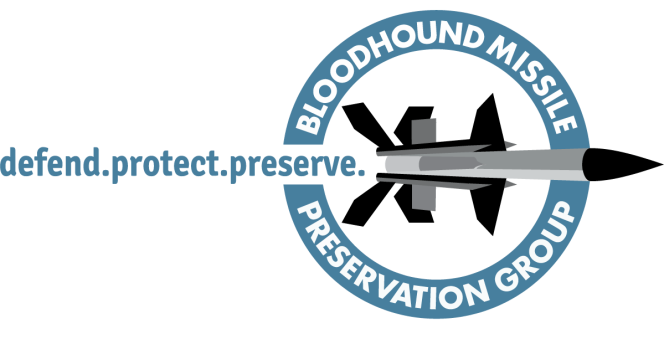Another Sunday working day that was a cold one but marginally warmer with the hangar doors closed.
T86
The underside of the tow bar was cleaned and corrosion treated. There is always a temptation to not bother with things that are ‘out of sight’ but not for us. Accompanying photo shows work in progress on the tow bar.

The tow bar rubber bumpers on the front of the cabin have now been repainted with rubberised paint to meet the quality of our restoration work.
The rubber sheet RAM previously refitted to the aerial assembly pedestal base has now been sealed along its bottom edge in the drainage channel. The last task on the RAM is to seal all the surface cracks and paint with rubberised paint to eliminate any water ingress into and behind the RAM.
Preparing and repainting the chassis of the T86 chassis continues, best described as not one of our favourite tasks. Two accompanying photos give a before and after priming with an anti-corrosive paint.


As we have been working on the T86 chassis the cover of the front spirit level was removed. The photo below illustrates the standard of our restoration.

LCP
The simulator was run and the only problem noted was one of the four display monitors has an occasional jitter on the vertical hold.
All spare Argus 700 boards have now been removed from the LCP for winter storage. The installed Argus boards will be removed during the next visit. The damp environment in the hangar, especially over the winter months, is a sure way to cause computer faults.
Pete H

















